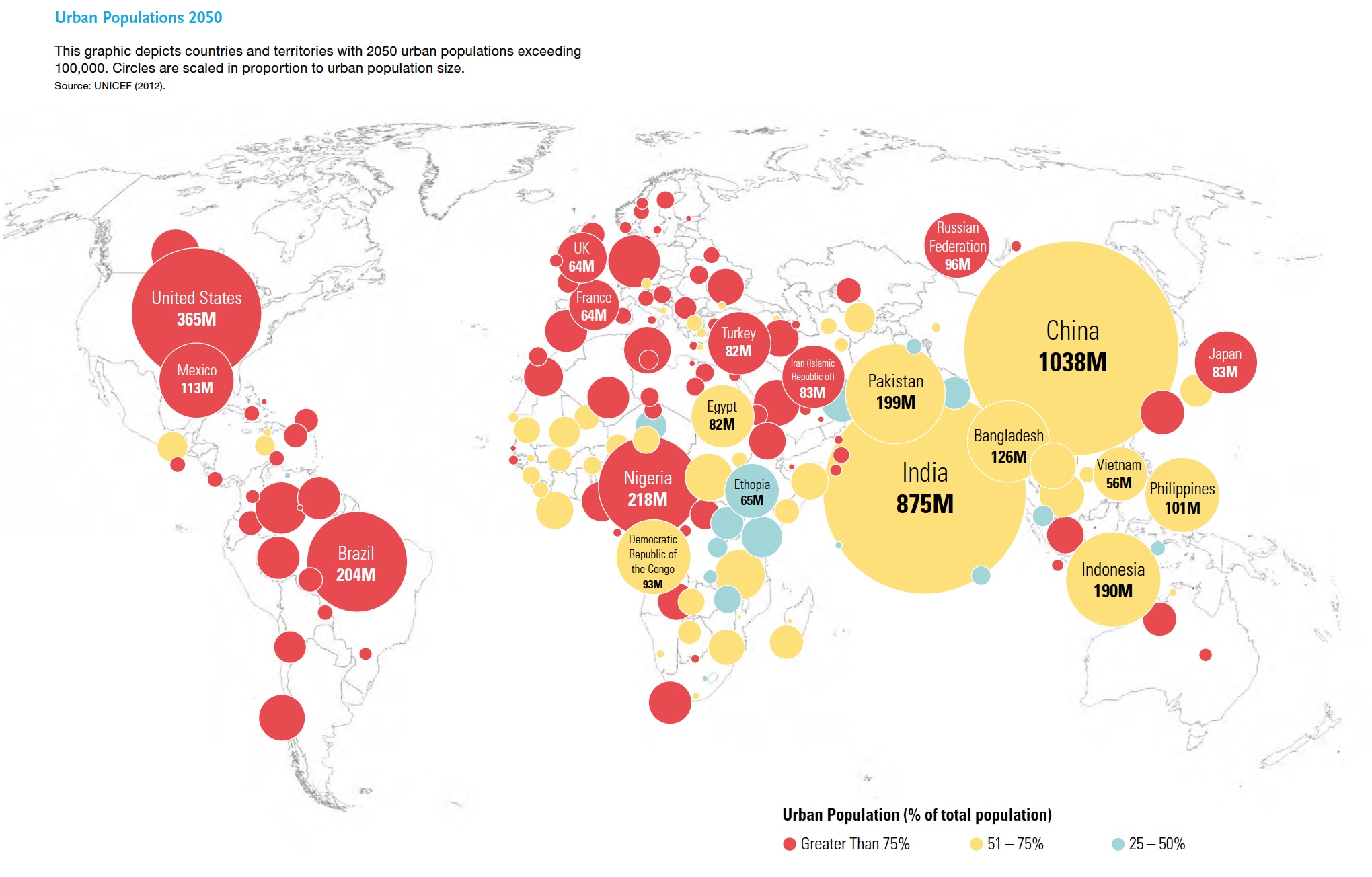
ARUP
This thought-piece focuses on the passenger and user experience. The journeys imagined here are intended to generate a conversation about the future and provide the big picture context for future planning and decision-making by the rail industry and by governments. They are also intended to set out a forward-looking and inspiring vision for rail. With the increasing pace of technological change, perhaps the more imaginative scenarios will come to fruition. The case studies indicate trends taking place in rail. They are early signs of possible directional change, and reveal directions in which the future could be heading. Whether these become more widely implemented remains to be seen.












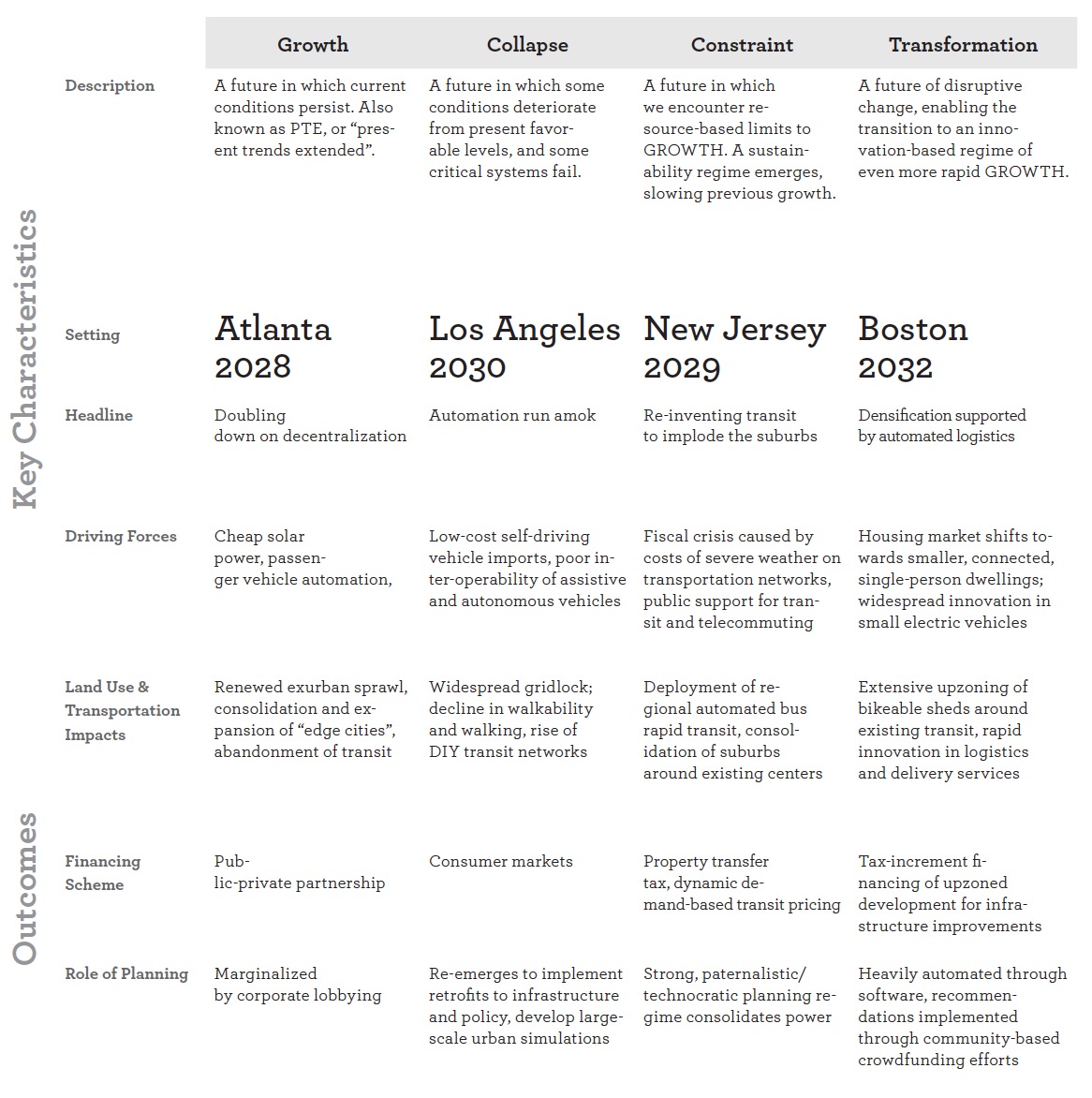


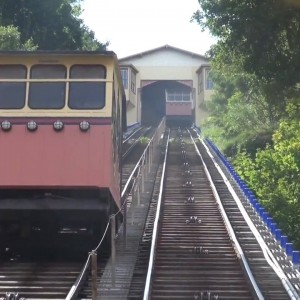
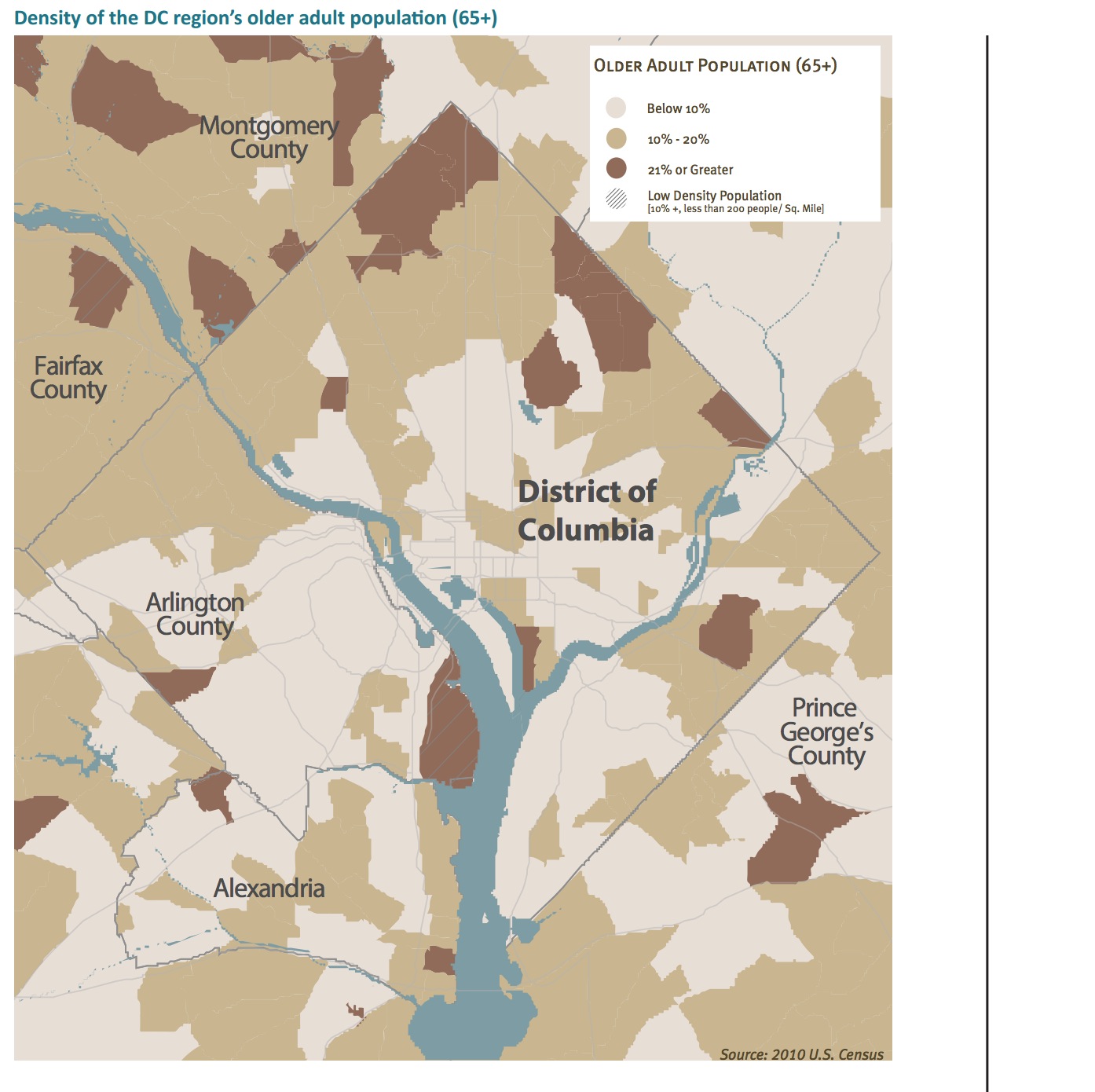
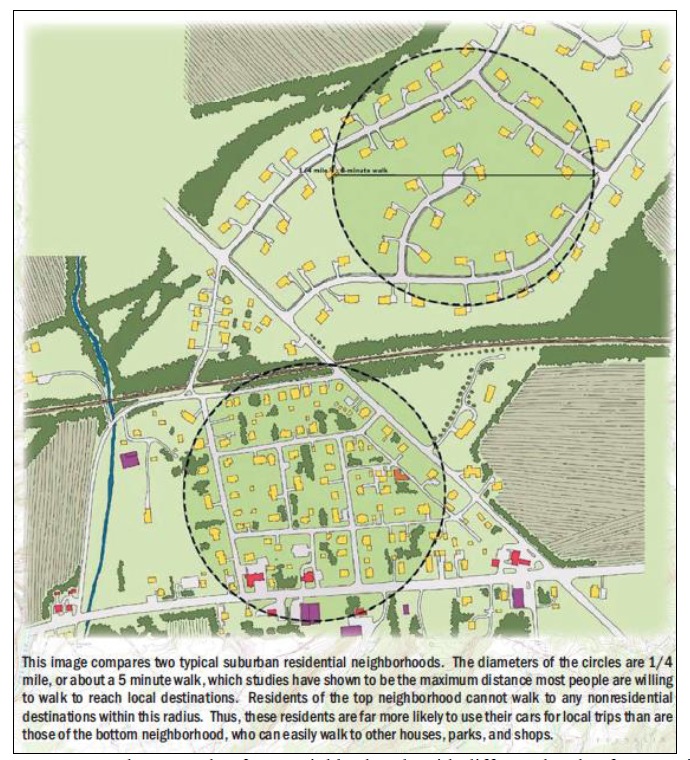
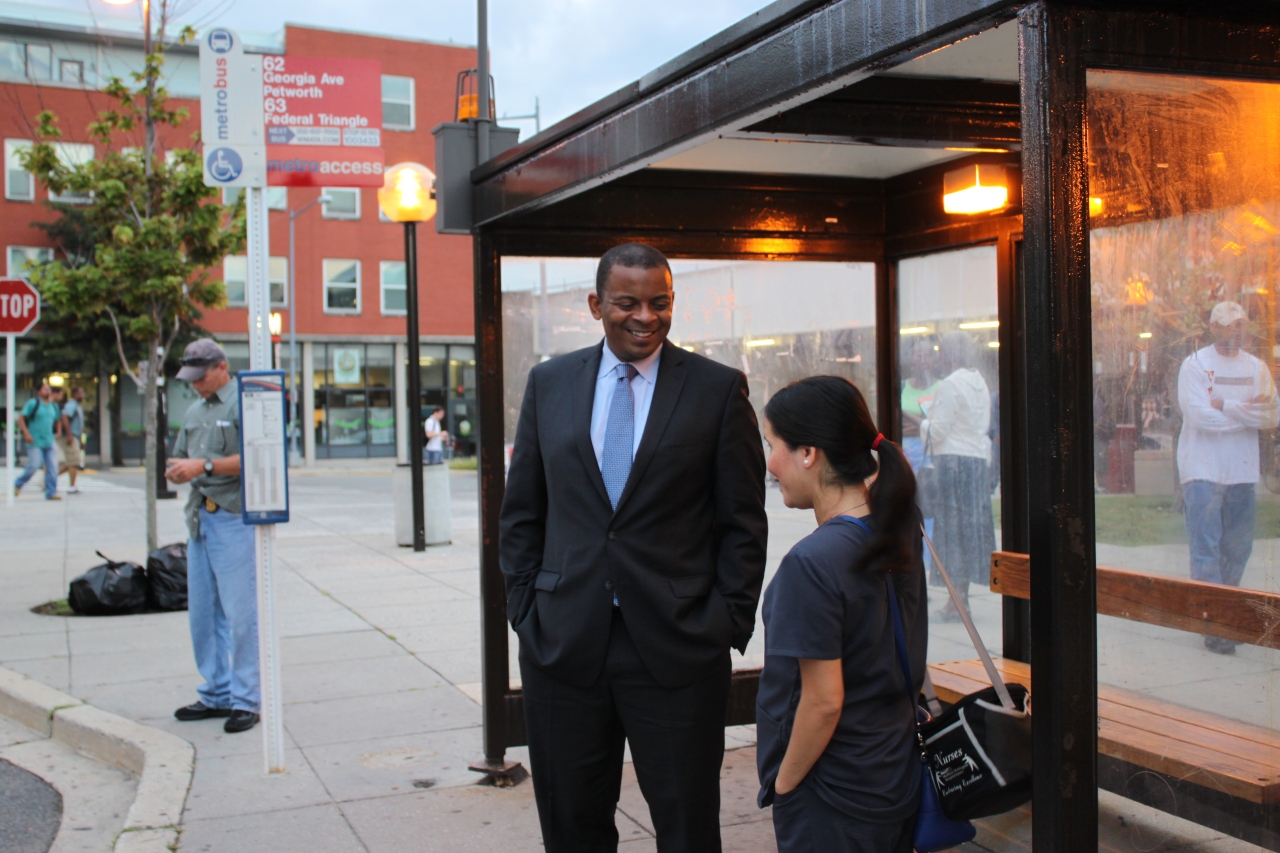

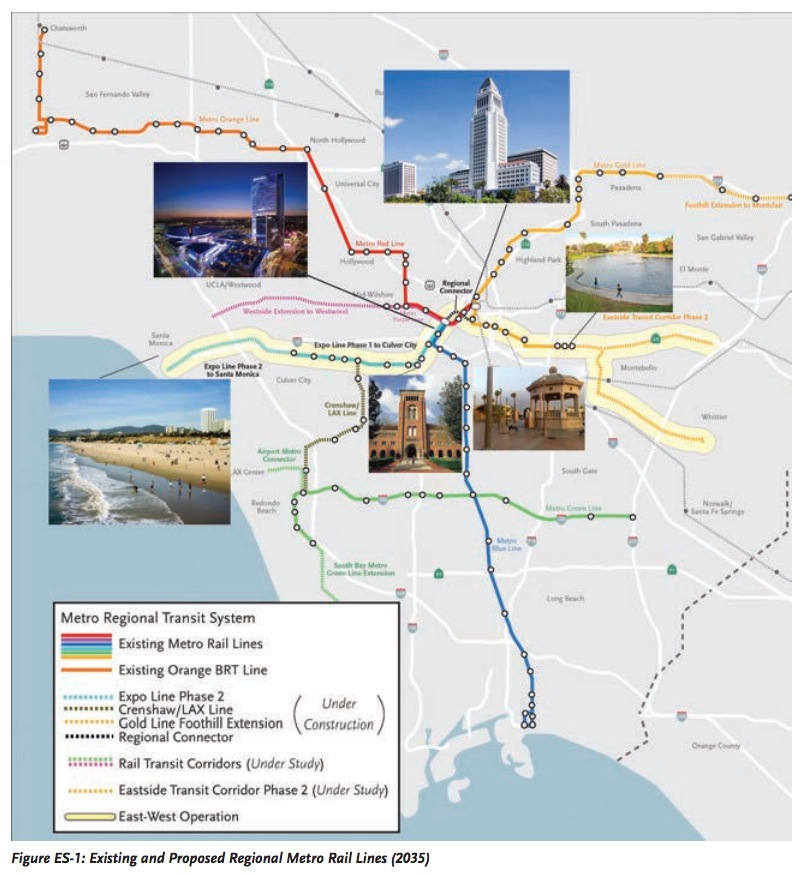

 RSS Feed
RSS Feed